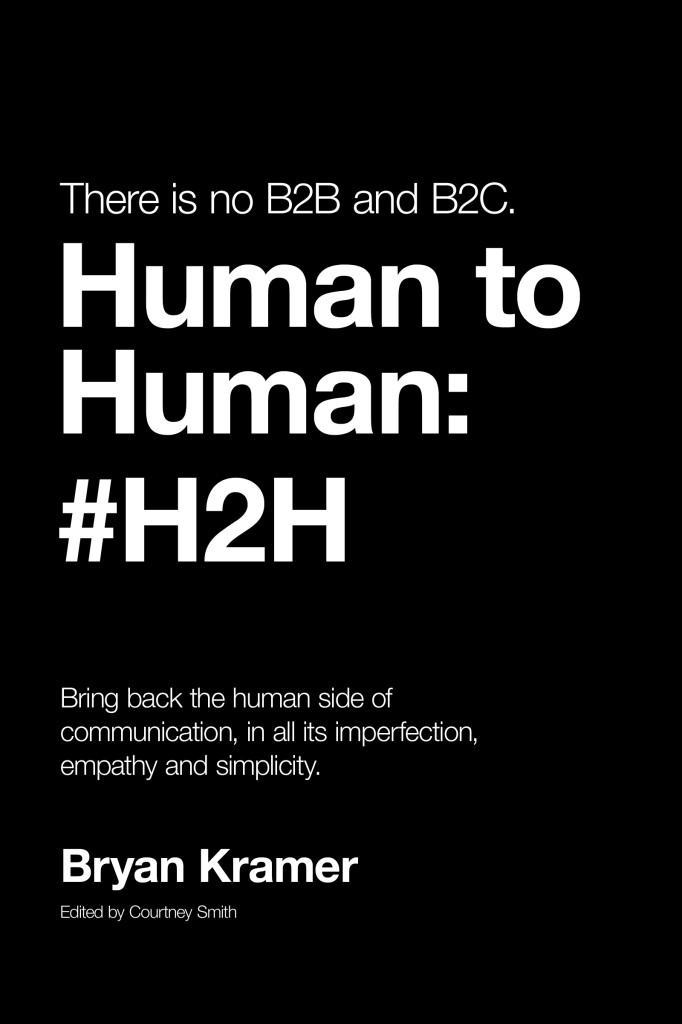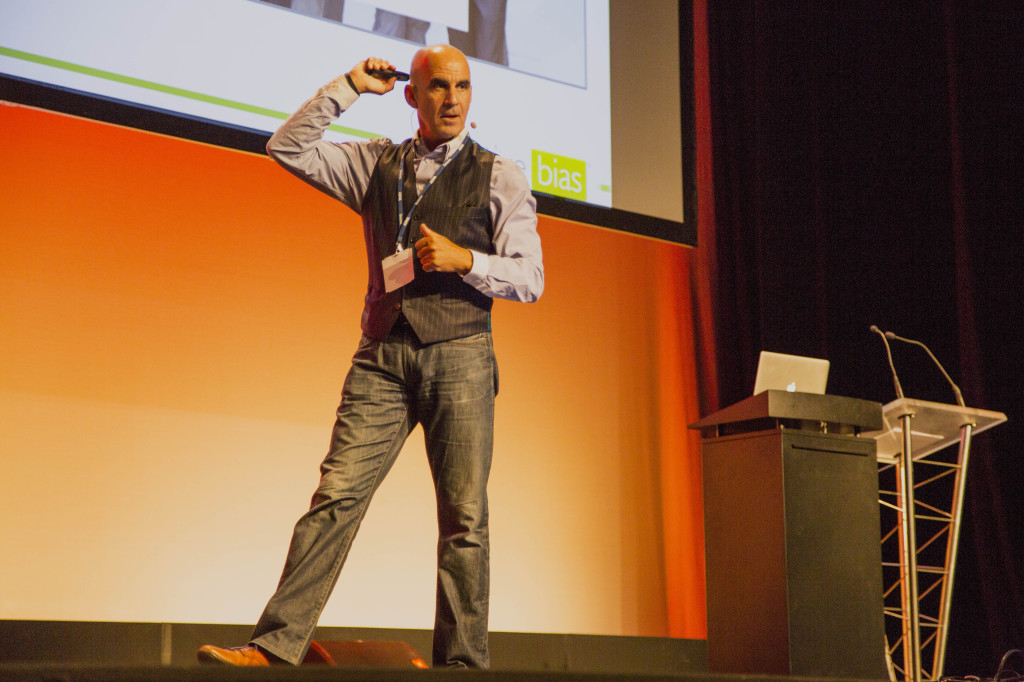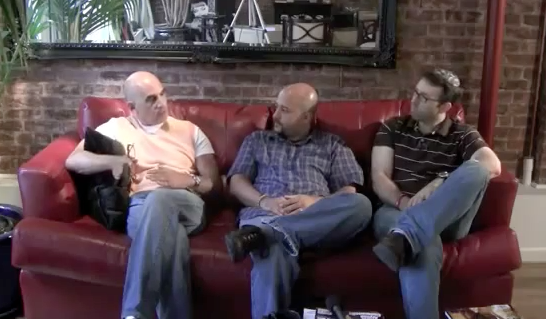Over the years I’ve been asked by a lot of people how they can be more successful in building relationships on social channels. And the one thing that keeps coming to the surface is the importance of being “present” when you’re talking to someone.
You know how it is when you meet someone at a conference or in a networking situation and they’re constantly looking around the room to see who else is there, or they’re looking at their watch, or anywhere except at you? Those signals mean they aren’t really “present” in the conversation, so there is no true connection.
The same principles apply to online relationships, so I’m a big proponent of doing what I call… Looking People in the Eye Digitally, as well as personally. Introductions and ongoing relationships in social platforms require the same personal attention as the human touch and eye contact in a physical relationship, so here are 12 tips for making that happen:
1. Always address them by name (even if you have to dig a little).
Sometimes it can be hard to figure out a person’s first name by their Twitter, Facebook or Instagram handle. However, the human need to be addressed by their given name is still important. When you’re thanking someone for a re-tweet or a share, make sure you mention them by name. You might have to look at their profile to find it, but do it!
2. Find something in their bio and make mention of it.
The need for recognition goes beyond just names. When someone takes the time to look at your bio, picks up on something there and mentions it to you or asks you about it, you can’t help but respond favorably. Make a habit of looking at other people’s bios when you’re opening up conversation.
3. Show them that you’re listening to what they’re saying (reference conversations, etc.).
Listening is every bit as important digitally as it is personally. Stop thinking about what you’re going to say next and REALLY listen to what the other person is saying. Reference something they said in an online conversation and ask them about it. Read their blog—take a look at their website, and look for ways you can connect based on what you’ve learned.
4. Make it personal and authentic.
Look for possible connections to what you like, places you’ve been–would like to go–kids, etc. When you’re looking at a person’s bio (or Blog or About Page on their website), look for inter-personal connection points where your lives might intersect. “Oh, I see you live in Park City, Utah—I love to take my kids skiing…” Make sure it’s an authentic connection. If you’re not a skier, don’t say you are.
5. Find them on all possible channels and link up–not just one.
If you meet someone on Twitter, look for other platforms they frequent. You might have to dig a little and go to their website or do a search for them on Facebook or LinkedIn, but make the effort to connect with them on different channels. You never know where the next conversation might crop up that will spark an opportunity.
6. Give them an online recommendation (such as LinkedIn).
Giving a recommendation or testimonial spontaneously demonstrates thoughtfulness. People get notifications via email or on the platform that you’ve reached out, and this effort won’t go unnoticed. However, recommendations should be authentic and based on your knowledge of their business or interactions with them—not empty platitudes. And don’t do this with the intention of getting a recommendation in return. Give it as a genuine gift without expectation.
7. Send a note with a helpful link or photo “just because”.
Before the Internet, a common practice in business networking was to clip out a 3rd-party article (not your own stuff), put a note on it and mail it to someone you thought could benefit (Amy, I thought of you when I saw this!). Do the same thing via social messaging, but it should be on an individual basis. Reference an article link, a video or send a photo—use their name and tell them why you sent it!
8. Put them in a list or a circle so their social interactions don’t get lost in the stream.
Most platforms have list options, so use them wisely to keep track of those you want to interact with regularly. As social streams get crowded, it becomes more important to segment your feeds and keep track of people. The old adage “out of sight, out of mind” really is true, both online and off.
9. As a question to get their opinion (not a poll).
Asking someone for their individual opinion shows them that you care about what they have to say. Look for those opportunities to deepen conversation.
10. Pick them out in a crowd.
Do you participate in Google Hangouts or Twitter Chats? Look for familiar handles/names and make a point to say hi individually. Here again, personal recognition is a key in keeping those relationship fires burning.
11. Wish them a happy birthday and make it unique.
When you get an opportunity to wish someone a Happy Birthday, as with Facebook’s birthday reminder, make it a point to make it personal rather than just a generic wish. Find a good birthday quote—add a picture—mention something unique about them… and use their name.
12. Take it off-line.
Make it regular practice to offer yourself publically for a short telephone one-on-one to find out more about someone or just catch up. Ask how you can network or refer them business. Most importantly, make it about THEM. Asking “How can I help you?” builds great rapport.
What are some of the ways you’ve found to look people in the eye on digital channels?
Originally posted at Switch and Shift










